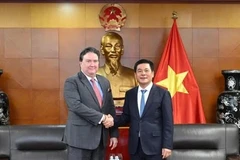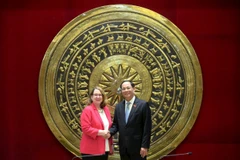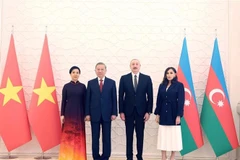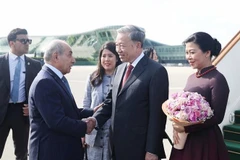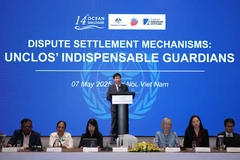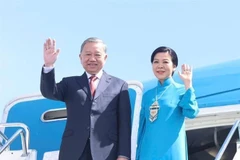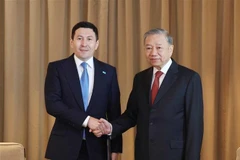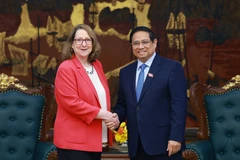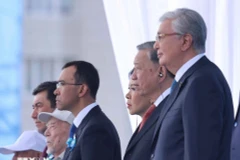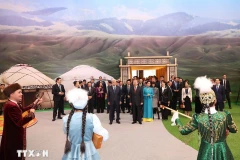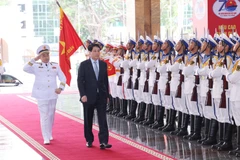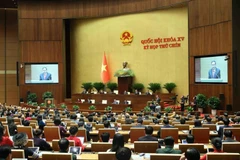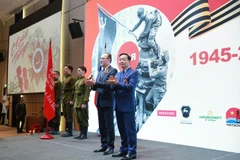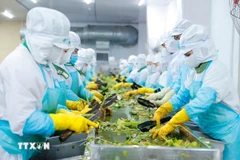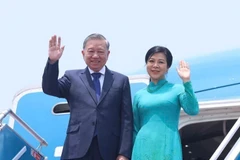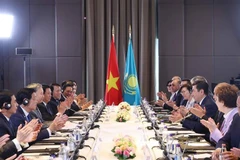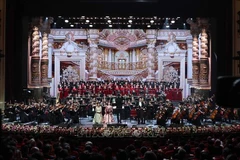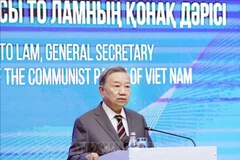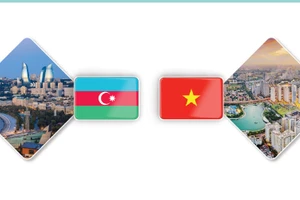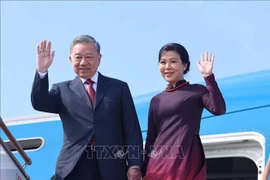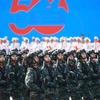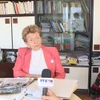The protocols are to amend ASEANEconomic Agreements Related to Trade in Goods and the ASEANComprehensive Investment Agreement.
During thetwo-hour event, participants specified orientations for economiccooperation in 2013 to realise the goal of building the AEC by 2015, anddiscussed initiatives on improving ASEAN competitiveness andconnectivity with partners by building a business network and mechanismsto facilitate small-and medium-sized enterprises.
They also considered the roadmap for negotiating the RegionalComprehensive Economic Protocol (RCEP), which manifests ASEAN’s centraland leading role in establishing a regional economic structure.
Deputy Minister of Industry and Trade Nguyen Cam Tu said the RCEPnegotiations are expected to start this year and conclude before 2016,creating the world’s largest free trade area that encompasses 50 percentof global population and 30 percent of global gross domestic product.
Nguyen Thi Hoang Thuy, Deputy Head of theMultilateral Trade Policy Department under the Ministry of Industry andTrade, said ASEAN needs to streamline trade, services, investment andtransport to realise the AEC Blueprint.
Regardingcustoms procedures, ASEAN member nations devised a joint customsstrategy for the 2011-2015 period and are striving to implement aone-door mechanism, making it easier for regional countries to transmitinformation via an electronic network.
Theassociation has implemented self-certification for the origin ofproducts on a pilot basis, including electricity, electronics,pharmaceuticals, farm produce and automobiles, gradually building acoordinated mechanism among the bloc in this field.
ASEAN nations worked out a joint management mechanism on cosmetics,electricity and electronics, and are building a similar system formedical equipment, traditional medicine and nutrition supplements.
An action plan for the 2011–2015 period was also drawn.
Aung Naing Oo, who is leading the Myanmar delegation, said due togreat differences in economic development between the group of Cambodia,Laos, Myanmar and Vietnam and the rest of ASEAN, the region must worktogether to bridge the development gap, which is a challenge in theestablishment of the AEC by 2015.-VNA
